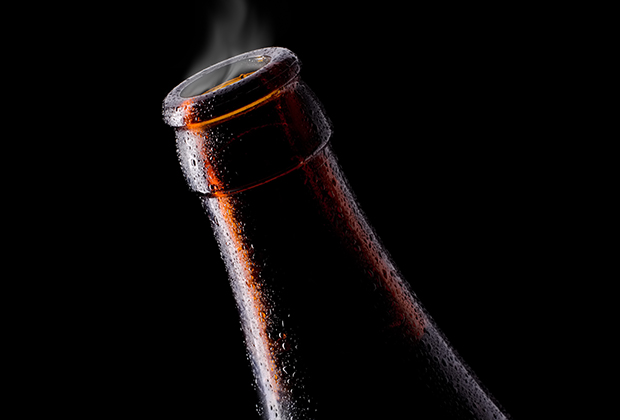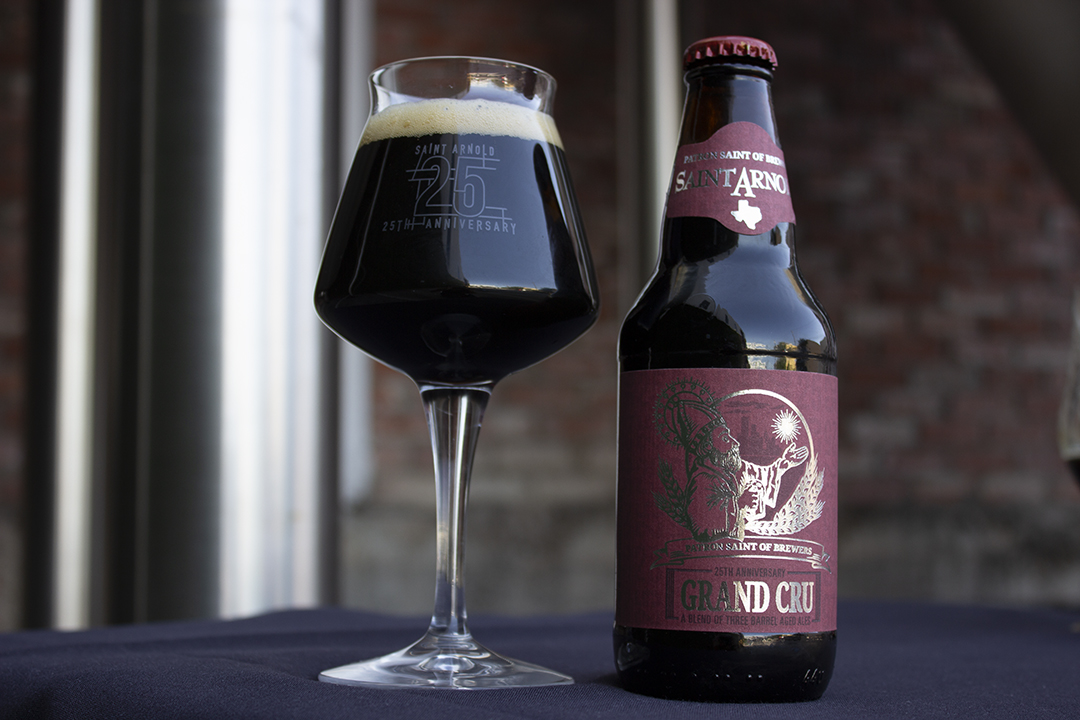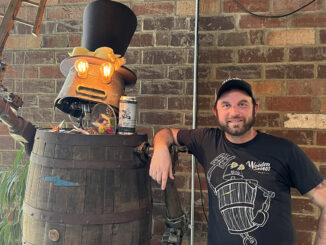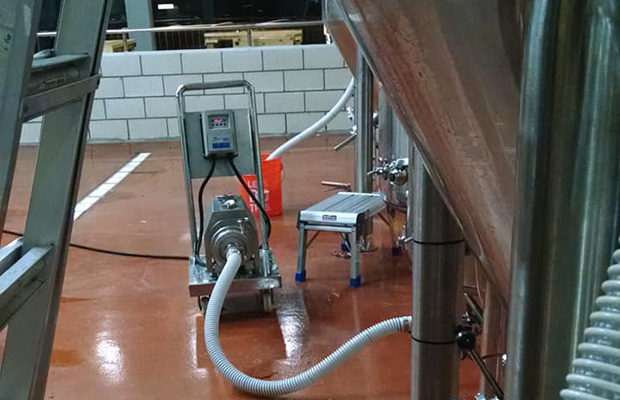
Beer consumers might not think of the words science or quality control when they gulp down a pint of their favorite brew, but those making beer have always known.
In 1884 Max Delbrück, director of the Experimental and Teaching Institute for Brewing in Berlin, said: “With the sword of science and the armor of practice, German beer will encircle the world.”
That year, it did.
Delbrück’s address about yeast and fermentation to the German Brewing Congress laid it out plainly: Pay attention to the science. Practice well. Clean your equipment.
Science and quality control in beer certainly go back further than even 1884, and both remain important to what consumers of beer want: a tasty, consistent product.
Beer Consistency
Maintaining consistency from batch to batch can be tricky, but keeping a list of what to check and a schedule for cleaning go a long way, said Joe Dirksen, a technical coordinator at Ecolab, which focuses on technologies that help improve quality and offers audits to ensure beer consistency and quality.
Dirksen looks for four things in particular during an audit. He looks for “dead legs,” which is when a section of tubing in the brewer is twisted or ends abruptly. He also looks for strange or “off” smells.
“Many times something may look clean on visual inspection, yet hidden sections could be harboring a buildup of bacteria,” Dirksen said. “So give things a sniff test. Your nose will tell you if something is fouling and creating a micro issue.”
Some things just must be brush washed, Dirksen said, so he checks for signs of that.
“Many parts and pieces, especially gaskets, in a brewery have incomplete flow coverage of cleaning and sanitizing solutions,” Dirksen said. “Removing these parts and brushing them clean is vital to ensure proper equipment maintenance. If you need to turn a tank quickly, then have a spare part on hand so that you can immediately replace the dirty part to be brushed with a clean one.”
And fourth: If something starts to leak, fix it immediately.
With any leak “there is a potential for a contaminant to work its way back in,” Dirksen said.
Quality within a beer’s flavor profile has more to do with the consistency in malts, water and hops, though, said Bickham Kelly, beer purchaser for for Red Dog Wine and Spirits in Franklin, Tennessee.
“The flavors, if they change, that can have a lot to do with hop harvest and malt availability, and there have been some hop shortages over the past few years,” he said. “Not being able to use the same malt or hops, it really changes the consistency of a year-round beer.”
Controlling Oxygen
Too little or too much oxygen can ruin a good flavor profile in a beer, according to Zachary Bushman, a chemical engineer who works at Analytical Flavor Systems, which builds tools for quality control in the artisan beverage industry.
“(Oxygen) effects yeasty health and productivity as well as the oxidative formation and degradation of flavor compounds,” Bushman said. “Careful monitoring of oxygen levels as well as taking measures to control oxygen levels are essential to quality control during beer production.”
Too much exposure to oxygen while brewing causes off flavors and staleness in beer, Bushman said. But not enough is even worse, he said, because yeast eventually die without oxygen.
“And then, there is no beer at all,” Bushman said.
Barring the start of the fermentation, most parts of the brewing process should have limited beer and oxygen contact.
“This is to prevent oxidation of compounds that impart positive flavor attributes and/or the formation of compounds that cause negative attributes,” Bushman said. “Oxidation is when an atom, molecule or ion loses and electron, often due to the addition of oxygen.”
Flavor wise, oxidation has a large affect on the way beer tastes.
“During fermentation, though, it may be necessary to increase oxygen levels in the wort to support yeast activity” Bushman said. “Oxygen levels during fermentation still need to be low enough to avoid oxidation of flavor compounds and therefore should be monitored and controlled continuously.”
This is especially true during the mashing process, which needs oxygen, Bushman said, but not so much oxygen that oxidation occurs because of rising temperatures.
C02 Purity
A major byproduct of brewing beer is CO2, which is of course also is used in bottling, flushing and carbonation, Bushman said. Purity is a very important component to collecting that byproduct: It must not be collected during the fermentation process until it reaches more than 99.8 percent purity.
“The purity level must be assured for each fermenter before CO2 flow to the collection system is allowed,” according to the Handbook of Brewing. “This procedure is debated and not always practiced, using instead a fixed time, increasing fermenter temperature or decreasing fermentation real extract as guide values to begin gas collection.”
Canning, Bottling
Because of advances in plastic liners for beer cans in recent years, cans have become supremely popular for craft breweries.
“I’m a strong proponent of cans because of the liners,” Kelly said. “There are no flavor issues. I was at a blind taste test at Sierra Nevada in the fall, and after five minutes in the window at 70 degrees, 11 out of the 12 called the bottled beer in the window for skunky flavors, but none of the cans. Seeing that firsthand with beer writers, distributors, brew masters and retailers was telling.”
There are now more than 500 breweries packaging nearly 2,000 different beers in cans, according to CraftCans.com.
“And that’s not just because it’s cheaper or more eco-friendly or because it doesn’t taste like metal anymore,” Kelly said. “You can provide a product that doesn’t degrade in the sun and remains consistent for the consumer.”
Unwanted microbes can spoil the flavor of beer.
“The can probably has an advantage here over bottles sealed with crown caps,” Kelly said. “A bottle can be knocked round and contaminated easier than a can, which can change the taste.”






Be the first to comment